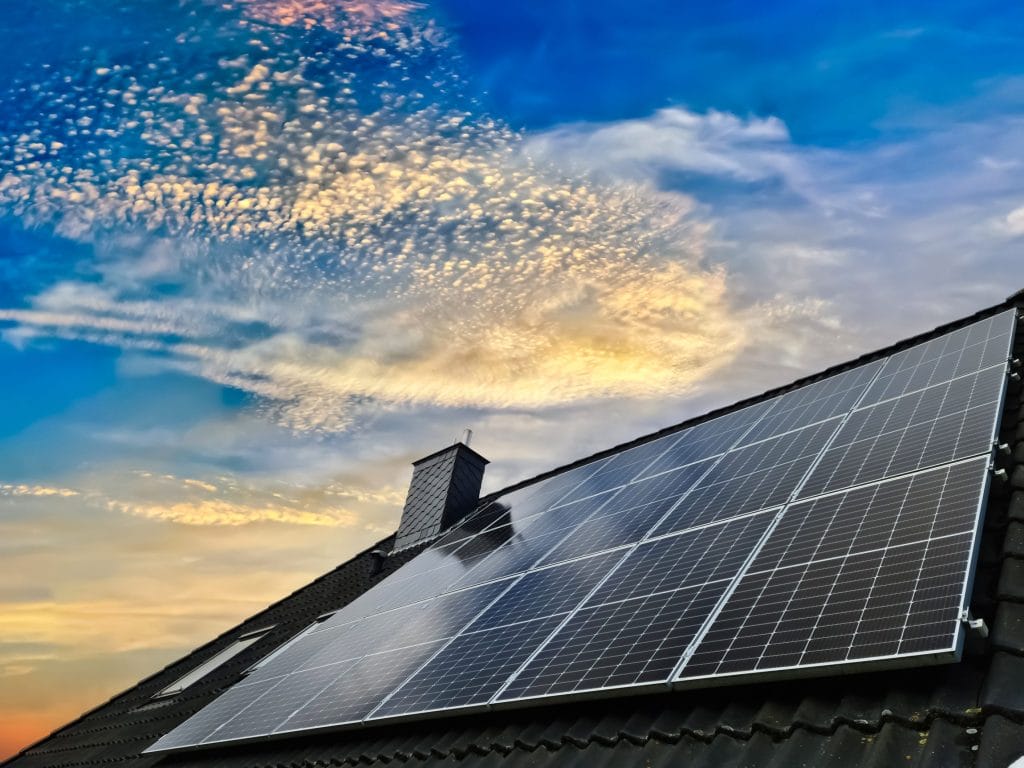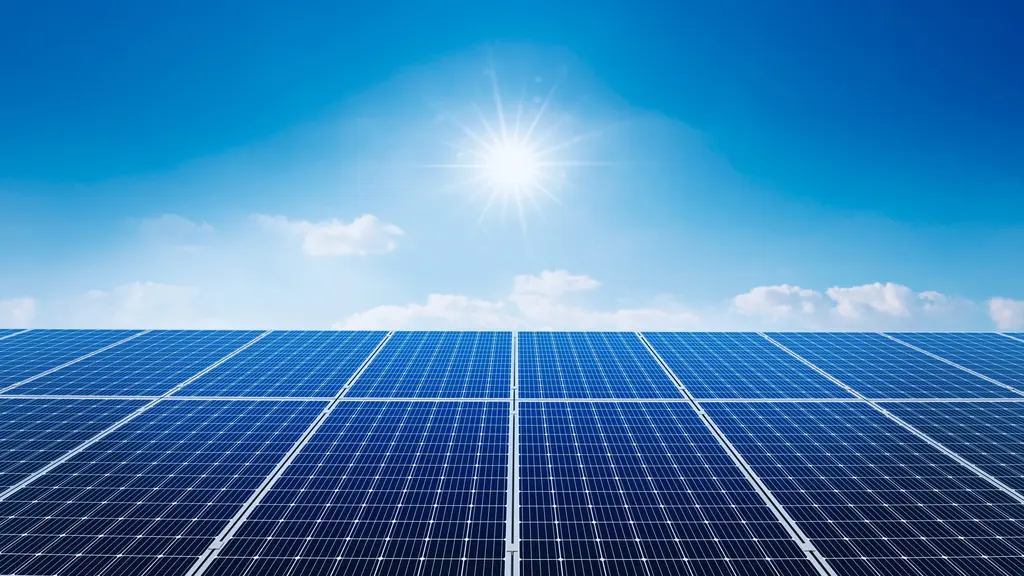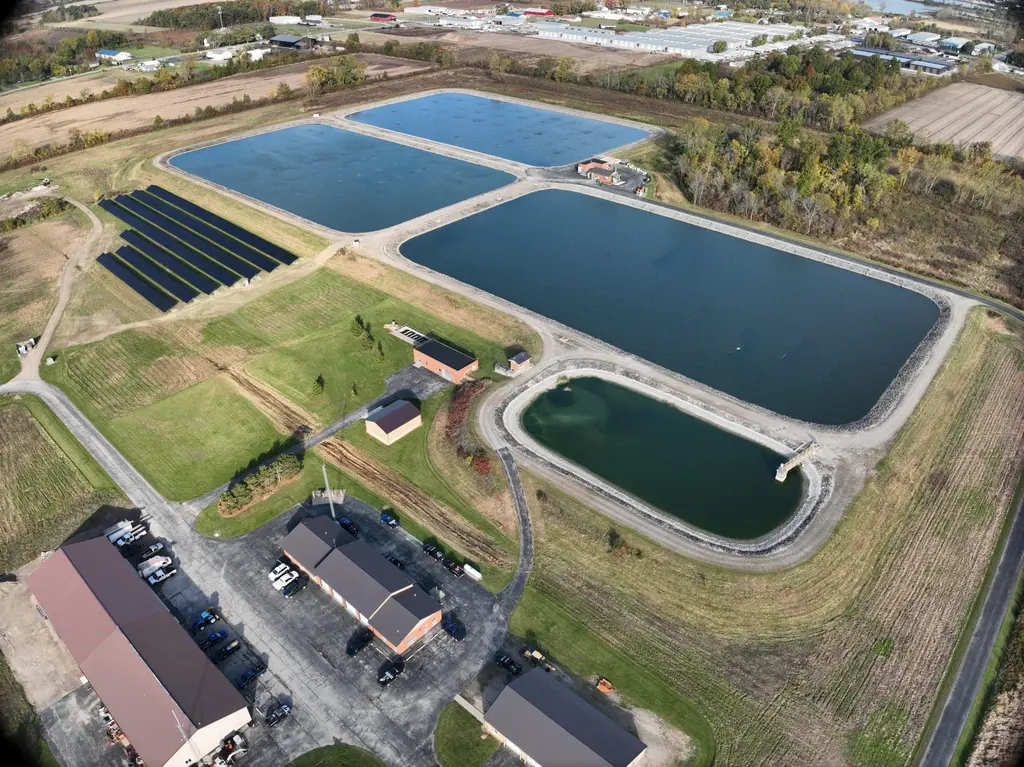
from http://afarmerinohio.blogspot.com
Deregulated electricity generators make most of their profits on hot summer afternoons, when air conditioners and offices force grid operators to call up their most expensive electricity: natural gas “peaker” plants. Cheap to build but expensive to operate, these plants are essentially jet engines, producing power on demand for a few hours at a time. However, the entire industry benefits when peaker plants kick in, because every other generator, including the cheapest hydropower operator, receives the same top dollar during those peak hours.
Solar panels — whether utility scale or residential rooftop — generate maximum power on exactly those hot afternoons when demand peaks. What’s more, they do so at no marginal cost; the sun is free. This reduces reliance on peakers, causing prices to fall across the board, including for customers without solar power.
This is what terrifies power companies. In California, the afternoon peak has effectively collapsed. CAISO, the state’s grid manager, projects that the peak will become an afternoon chasm, so low that even power plants designed to operate 24 hours a day as “baseload power” (nuclear energy is a good example) may face difficult decisions about when to operate.
The first victims among utilities will be generators that sell electricity from peakers and other plants in the open market. Soon, their plants will be needed only for the few hours around dusk when the sun is weak but demand is still relatively high.
The monopoly utilities will be hit next. Edison Electric Institute warns of “irreparable damages to revenues and growth prospects” due to the spread of distributed power generation from renewable energy sources.
Why is solar growing so fast? Because in the past three years, the cost of panels has been halved.
The move from a highly controlled and generally predictable grid to a more decentralized and less predictable system will be a huge challenge, but a challenge worth dealing with.










